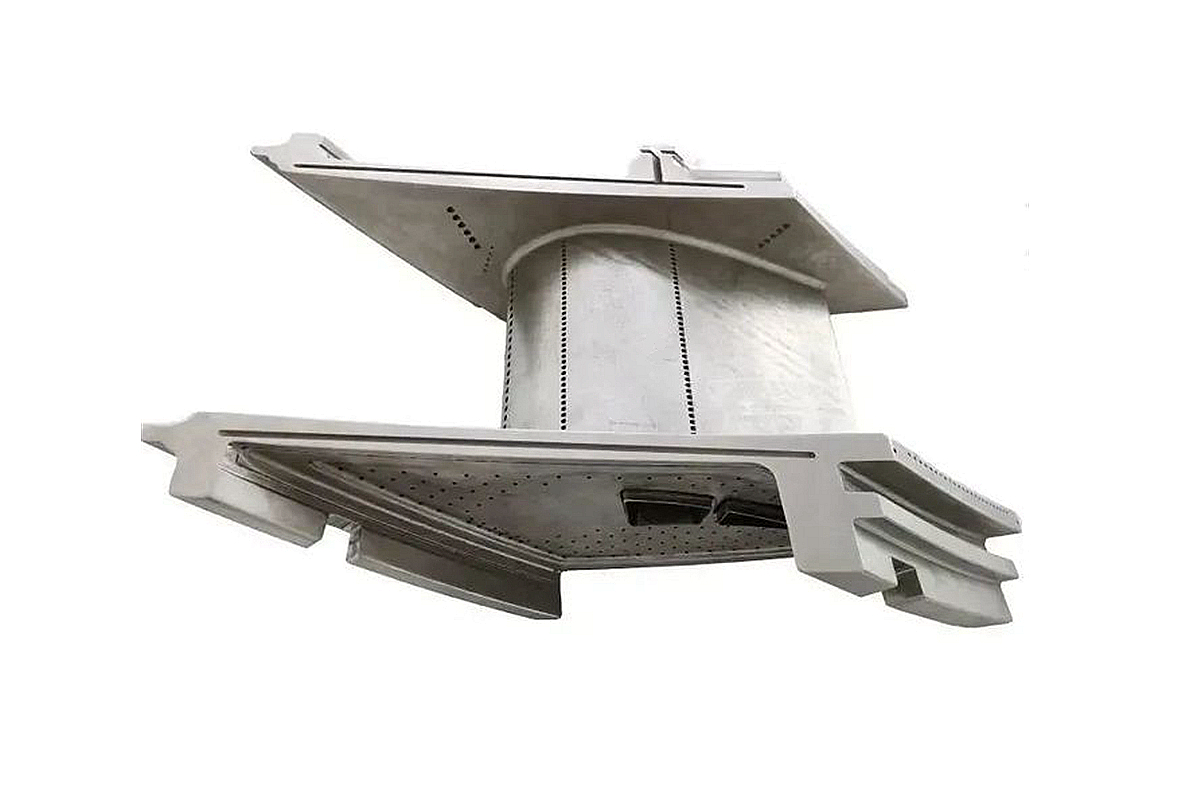Stellite 3 Precision Casting High-Wear Parts for Mining Equipment Company
Introduction
Stellite 3 is a cobalt-based alloy engineered for extreme wear resistance, hardness, and durability under severe abrasive conditions. Our company specializes in precision investment casting of Stellite 3 components, producing high-wear parts for mining equipment with a dimensional accuracy of ±0.1 mm and consistently low porosity (<1%).
Designed for extended service life in harsh environments, our Stellite 3 castings support reliable operation in heavy-duty mining and mineral processing systems.
Core Technology: Precision Investment Casting of Stellite 3
Our Stellite 3 components are produced via multi-layer ceramic shell investment casting under vacuum conditions, with melt temperatures around 1430°C and mold preheating at 1000–1100°C. Controlled solidification (cooling rate: 40–100°C/min) ensures refined grain sizes (0.5–2 mm), porosity levels below 1%, and dimensional tolerances within ±0.1 mm—ideal for critical wear components in mining equipment.
Material Characteristics of Stellite 3 Alloy
Stellite 3 is one of the hardest cobalt alloys, optimized for wear and erosion resistance. It is ideal for high-impact and abrasive environments. Key properties include:
Property | Value |
|---|---|
Hardness (HRC) | 55–62 HRC |
Density | 8.4 g/cm³ |
Tensile Strength (Room Temp.) | ~750 MPa |
Thermal Stability | Up to 870°C |
Wear Resistance | Outstanding (abrasive + impact) |
Corrosion Resistance | Moderate |
Its high carbon and tungsten content makes Stellite 3 highly effective for parts subjected to metal-on-rock or slurry abrasion.
Case Study: Stellite 3 Mining Equipment Wear Components
Project Background
A mining contractor required high-wear components for crushing and conveying systems operating under constant abrasive loading from hard mineral ores. Stellite 3 was selected for its unmatched hardness and wear resistance. Components were cast using vacuum investment casting to meet ISO 21873 and ASTM F75 standards.
Typical High-Wear Mining Parts and Applications
Chute Liners: High-wear liner plates in ore chutes exposed to sliding and impact abrasion from high-density material flow.
Crusher Segment Teeth: Precision-cast segments for jaw and cone crushers, maintaining hardness over long cycles under impact.
Excavator Bucket Lips: Wear-resistant lips and edge plates that handle direct abrasive impact from rocks and mineral debris.
Screw Conveyors & Auger Flights: Durable cast components resisting erosive wear from abrasive slurries and coarse particulates.
These components significantly extend service intervals and reduce downtime in mining operations.
Mining Wear Part Manufacturing Solutions
Casting Process Components are cast using precision investment casting, with 7–9 ceramic shell layers and vacuum melting at ~1430°C. Accurate solidification control ensures dimensional accuracy (±0.1 mm) and optimal carbide distribution in the matrix.
Post-processing Parts are heat-treated at ~1150°C to relieve internal stress and improve microstructural uniformity. Grinding and precision machining operations are applied where tighter fit tolerances or surface finishes are required.
Surface Treatment Optional hardfacing or thermal spray coatings (e.g., tungsten carbide) can be applied to enhance surface life. Passivation and cleaning ensure removal of residual surface oxides from casting.
Testing and Inspection Components undergo dimensional verification via Coordinate Measuring Machine (CMM), hardness testing (Rockwell HRC), and X-ray inspection to ensure internal integrity and casting soundness.
Core Manufacturing Challenges for Mining Wear Parts
Achieving uniform carbide distribution to maintain wear resistance under both abrasion and impact.
Maintaining dimensional consistency in complex geometries subject to thermal contraction.
Controlling porosity and shrinkage to avoid early wear failure during impact loading.
Results and Verification
The final Stellite 3 mining wear components demonstrated:
Hardness between 58–62 HRC, verified through Rockwell testing.
Porosity levels consistently under 1%, confirmed by radiographic inspection.
Service life improvements of up to 3× compared to hardened tool steel equivalents.
FAQs
What makes Stellite 3 ideal for mining equipment wear parts?
How does Stellite 3 compare to tool steels in abrasion resistance?
Can Stellite 3 parts be customized for different mining equipment?
What quality controls are used for Stellite 3 cast components?
What post-processing options are available to extend wear part lifespan?

